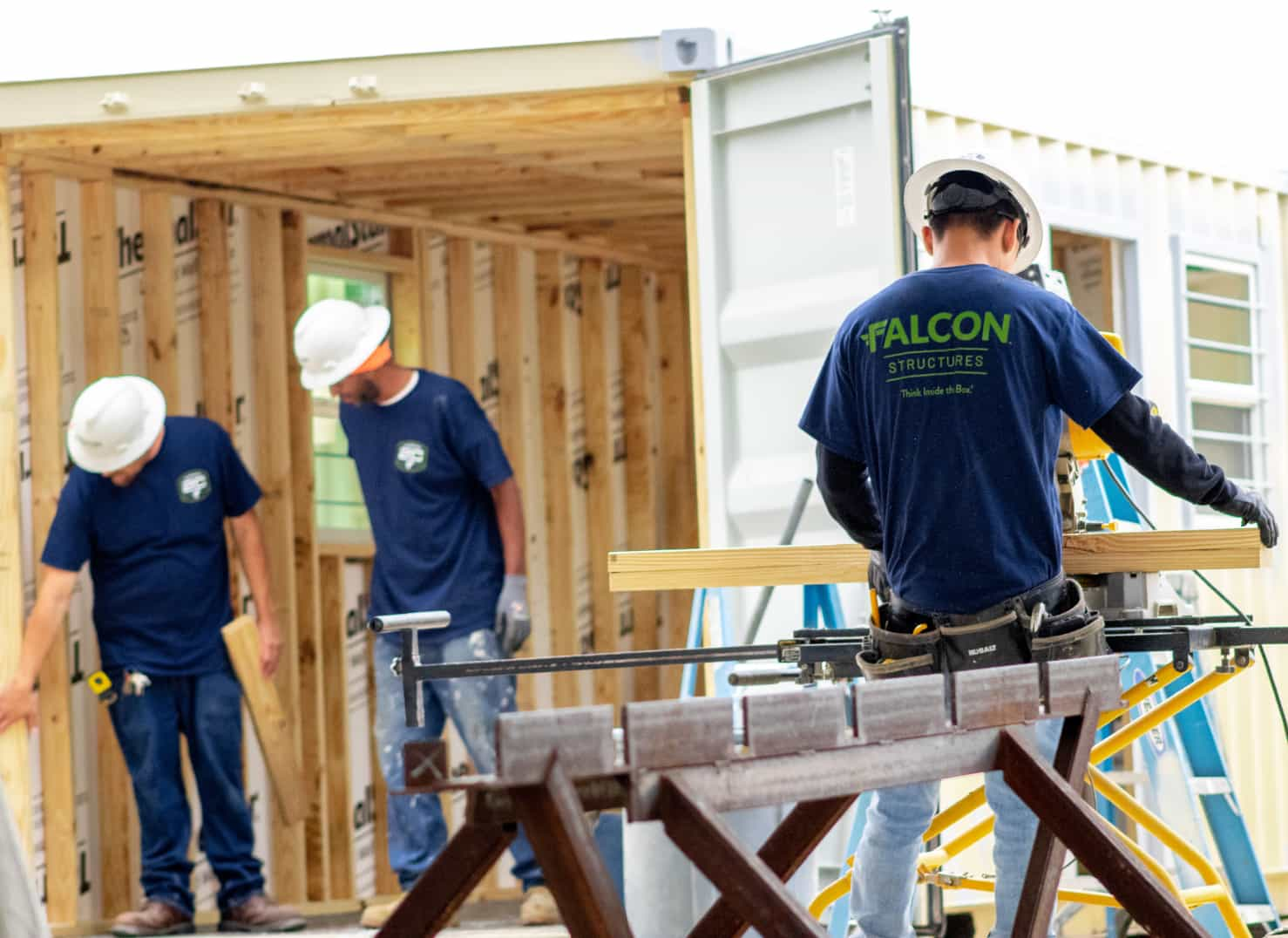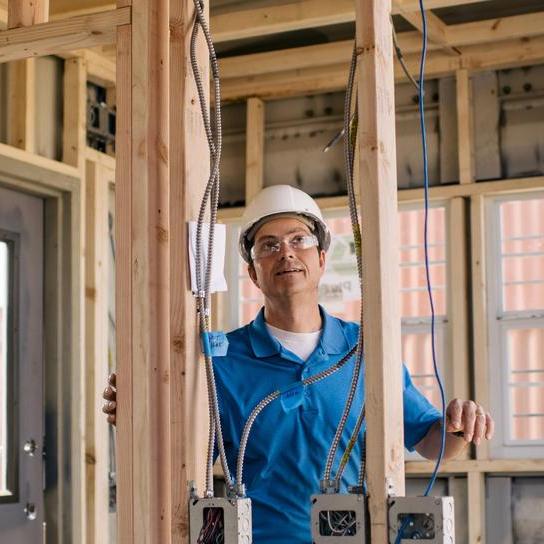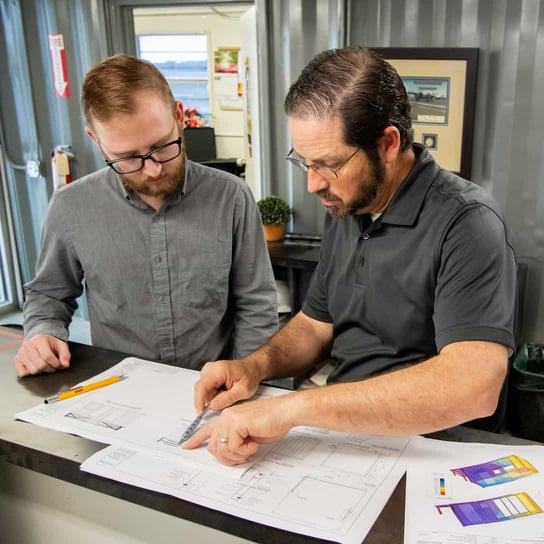Getting a Permit

What is Permitting, and Why is it Important?
A building permit is granted for structures after the conclusion of a bureaucratic process done by the local Authority Having Jurisdiction (AHJ). The AHJ is the responsible party for overseeing and enforcing building code requirements in any given area. But others play a role as well, including utility companies, architects/design professionals, civil engineers, water quality inspectors, and even the local DNR or other entities in charge of cutting trees.
While the permitting process takes time and money, it’s necessary to complete to be sure all structures are within all regulations and not in violation of laws or policies. Permits must be granted prior to constructing or setting up buildings or other structures.
The Permitting Process
Permitting isn’t the same everywhere and can vary in cost and protocols depending on the location. Different requirements exist in different states, counties, and cities. Where your project is located and where you anticipate your structures to be placed will affect the cost, timeline, and overall process.
Regardless of where you’re located, permits cost money. Multiple parties will be involved, and you’ll eventually need to have the site physically examined by an inspector.

Permitting When Building with Falcon Structures
How It Works
Because of the variability in permitting requirements from location to location, we ask that you manage the permitting process.
On your end, this means initiating contact with the necessary parties, such as local building code departments, finding out what permits are required, and coordinating from there. After you’ve identified your local permit requirements, we can send shop drawings from our library for you to take to your building official for review.
In addition to our drawings, you may need to hire stamping architects, design professionals, and other experienced contractors as required.

Are Falcon’s Container Structures Built to Code?
First, it’s important to understand the difference between building code and permitting.
Building code is a standard for constructed objects made to protect public health, safety, and general welfare.
Permitting is the bureaucratic approval process that grants planning permission.
We have internal procedures and design standards that require modifications to meet structural, life safety, fire, plumbing, and electrical codes that we’ve deemed necessary to ensure our container structures are safe and reliable.
It’s possible we may need to adjust certain designs to meet your local code to receive a permit in your location. For example, many of our standard products include insulation and HVAC for climates within the southern U.S. If you’re interested in one of our structures in a different climate zone, such as the northern U.S., we’ll need to adjust our design by increasing the insulation and HVAC heating capacity output.
Since you’ll be managing the permitting process, we ask that you make sure you’re communicating effectively with the local permitting authorities and with us. We value open communication overall, so we’ll be following communication commitments on our end, too.
We don’t take building code lightly; Falcon’s leadership played a pivotal role in developing the code for modified shipping containers, even encouraging others in the industry to conduct their work based on approved standards. Falcon also meets the quality standards outlined in ICC AC10, which is a defined quality management system established by the ICC (International Code Council).
Internally, we use strict quality checks at every stage of the manufacturing process and work in accordance with industry best practices.
Questions? Ask Away!
We go to great lengths to ensure everything is up to all applicable standards for safe structures. If you’d like to learn more about the permitting process, our protocols for adhering to code, or would like to discuss getting started on a shipping container project, please contact us today.
Contact us and let’s talk!
